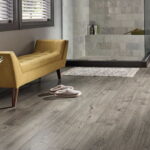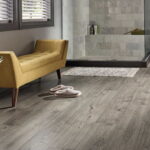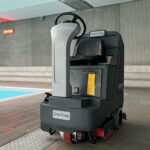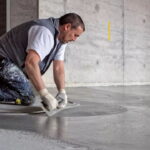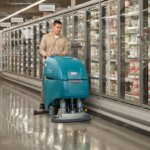When it comes to construction projects, a smooth and level floor may not always be at the top of the priority list. However, its importance cannot be understated. From enhancing the aesthetics of a space to improving safety and functionality, a smooth floor can have a significant impact on the overall success of a project.
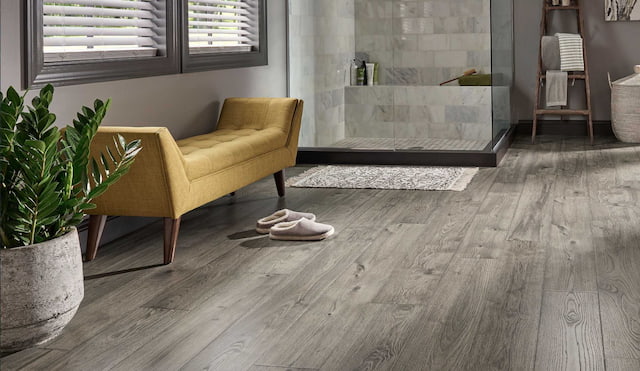
One of the best ways to achieve a smooth floor is by using a self-levelling floor screed. It’s a type of flooring material that is designed to provide a smooth and level surface and can be used for a variety of applications. If your project involves using this material, you’ll probably want to learn more about it. That said, here’s what you need to know before you buy self leveling screed.
What Is Self Levelling Floor Screed?
First off, because the screed won’t level itself, calling it “self-levelling” can be a little misleading. The screed should be referred to as self-smoothing, although, in the industry, it is more frequently referred to as self-levelling.
This common construction material is usually a mixture of cement, sand, and water, and it can be poured directly onto the floor surface. It is self-smoothing, meaning that it will spread out evenly and fill in any gaps or depressions in the floor surface. For this reason, it’s typically used as an underlayment for other flooring materials such as tile, carpet, hardwood or vinyl flooring.
What Types Are Available to Choose from?
Like any other construction material, there are different types of self-leveling screed available in the market, each with its unique properties. The most common ones are:
- Cement-based: This mixture is made with cement and other additives. It’s known for its strength and durability, and it’s often used in high-traffic areas.
- Gypsum-based: This type contains gypsum and other additives. Its fast drying time and smooth finish make it ideal for residential applications.
- Anhydrite-based: As the name suggests, it’s made by mixing anhydrite and polymers or fibres. It has high compressive strength and low shrinkage, making it perfect for industrial applications.
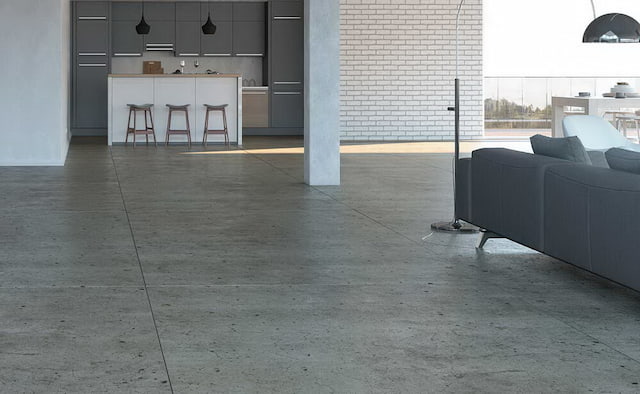
How Is Self-Leveling Floor Screed Used?
Before you apply the mixture, you’ll need to prepare the surface properly. This involves cleaning it thoroughly and removing any debris, oil, or grease that may be present. Any cracks or holes in the surface should be filled in with an appropriate filler material.
Once the surface is ready, mix the levelling compound according to the manufacturer’s instructions. Once you get the desired consistency, pour it onto the surface and spread it out evenly with a trowel or a squeegee. The mixture will become smooth and fill in any gaps or depressions in the surface.
After you’ve applied the self leveling screed, let it dry and cure. The drying time will vary depending on the type of compound you used, how thick you applied it, and the temperature and humidity of the space. In general, it can take anywhere from a few hours to a few days for it to dry completely.
Once it’s dry, it can be finished with a variety of flooring materials such as tile, carpet, or hardwood. The finished result is a level and smooth surface that is ready for use.
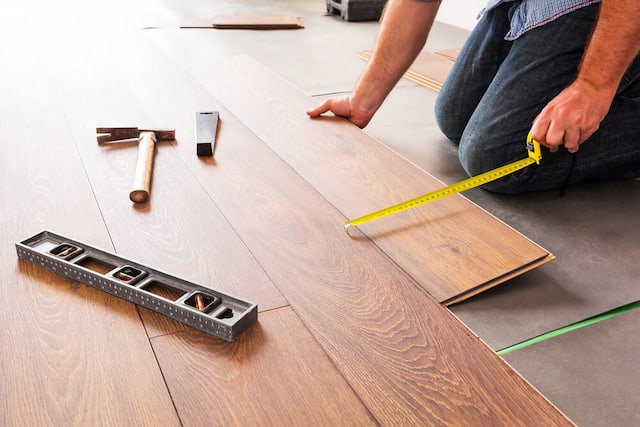
Where Is This Material Most Commonly Used?
This smoothing material can be used in a variety of settings, including residential and commercial buildings. In residential applications, a floor levelling compound is often used as a subfloor for tile, carpet, or hardwood flooring. It is also commonly used in basements and garages to create a level and smooth surface.
When used with commercial flooring, it’s mostly applied to areas that experience heavy foot traffic or require a high level of durability. It is commonly used in retail stores, hospitals, and schools. But due to its properties, it can also be used as an underlayment for epoxy flooring or other types of seamless flooring.
Factors to Consider When Choosing
To ensure a seamless result, consider the following factors when choosing a leveling compounds:
- Substrate: This refers to the surface on which the smoothing mixture will be applied. It is important to choose a mixture that is compatible with the substrate to ensure proper adhesion and curing. Ask the seller or do some research before you buy.
- Expected traffic and loads: For areas with heavy foot traffic or heavy equipment, a mixture with high compressive strength and durability is recommended.
- The expected lifespan of the floor: For areas that will experience heavy wear and tear, a self-levelling floor screed with greater strength and durability is recommended.
- Curing time: The curing time of the compound should also be considered. Depending on the application, a shorter or longer curing time may be preferred.
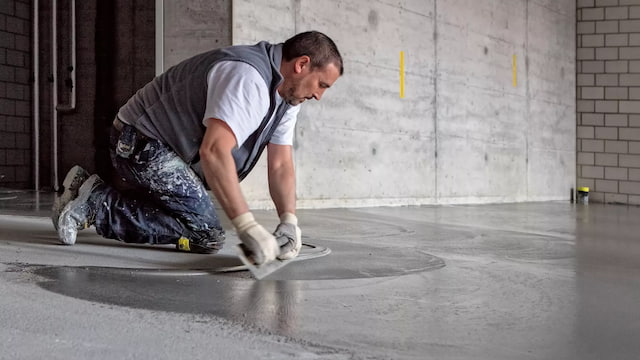
To Sum Up
A smooth floor is visually appealing and can enhance the overall look of a space. In residential applications, it can add to the beauty of a home’s interior design. And in commercial applications, just like work uniforms, a smooth floor can create a clean and professional appearance that is important for attracting and retaining customers.
A smooth floor can also help to prevent accidents and injuries. Uneven or rough floors can pose a tripping hazard, especially for elderly or disabled individuals. Smooth surfaces are easier to walk on and less likely to cause accidents. That said, choosing the right screed can significantly affect both the appearance and safety of the space being built or remodelled.

